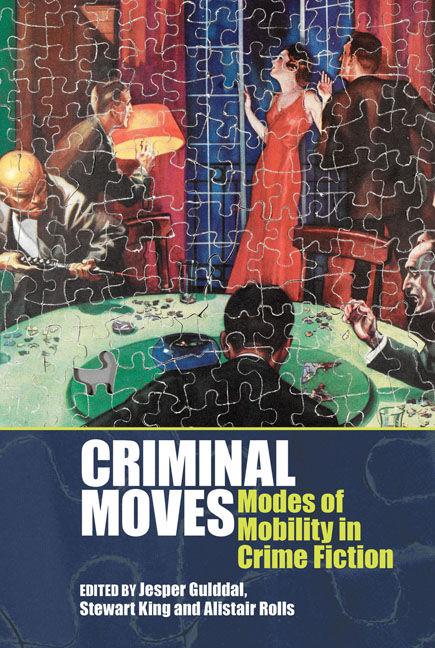8 - Secrecy and Transparency in Hideo Yokoyama's Six Four
Summary
There is a tendency to want to fix crime fiction: to fix the boundaries of what constitutes the genre, its typologies, and hence what it is and more importantly what it is not. Following Tzvetan Todorov's categorization of detective fiction into the subgenres of the ‘whodunnit’, the ‘thriller’ and the ‘suspense novel’, and his claim that all ‘types’ can be understood as an interplay between the story of the crime and the story of the investigation, where one supplants or suppresses the other (1977: 42–50), this move has spawned further attempts to refine its typologies (Malmgren 2001) and its formal and political characteristics. Crime fiction is ‘fixed’ either as a conservative genre that privileges, consciously or otherwise, an essentially ‘bourgeois’ worldview (Mandel 1984; Porter 1981) or as a deviant, radical genre, which unsettles basic presumptions about law, property and morality (Collins 1992; Hilfer 1992). Even where crime fiction is seen to move between polarities, the tendency is to see this movement as preordained – the ‘victory of public knowledge and civic solidarity over the dangers of private desires’ (McCann 2000: 4) – or a more general move towards ‘the restitution of social order’ in response to ‘unease about the potential chaos of the social world’ (Evans 2009: 19). There is a related tendency to want to fix crime novels according to national traditions and to identify crime fiction as exhibiting certain features or characteristics particular to these traditions. Hence we have studies of British, French, Irish, US, Japanese, Italian and Spanish crime fiction, to name a few, though it should be acknowledged that many of these studies also draw attention to the problems of a nation-centred approach and to the inherent transnationality of crime fiction as a genre (Gorrara 2009; Pezzotti 2014; Cliff 2018).
Thankfully, there has been a backlash against this move to designate, to fix, to tie down. Just as Scaggs describes crime fiction as ‘unclassifiable’ (2005: 1) and points to its ‘generic (and sub-generic) flexibility and porosity’ (2005: 2), Horsley proposes a ‘dialogic approach’ that emphasizes ‘the ambiguity, or indeed contradictoriness, of individual texts and the different ways of reading them’ (2005: 2).
- Type
- Chapter
- Information
- Criminal MovesModes of Mobility in Crime Fiction, pp. 146 - 160Publisher: Liverpool University PressPrint publication year: 2019



